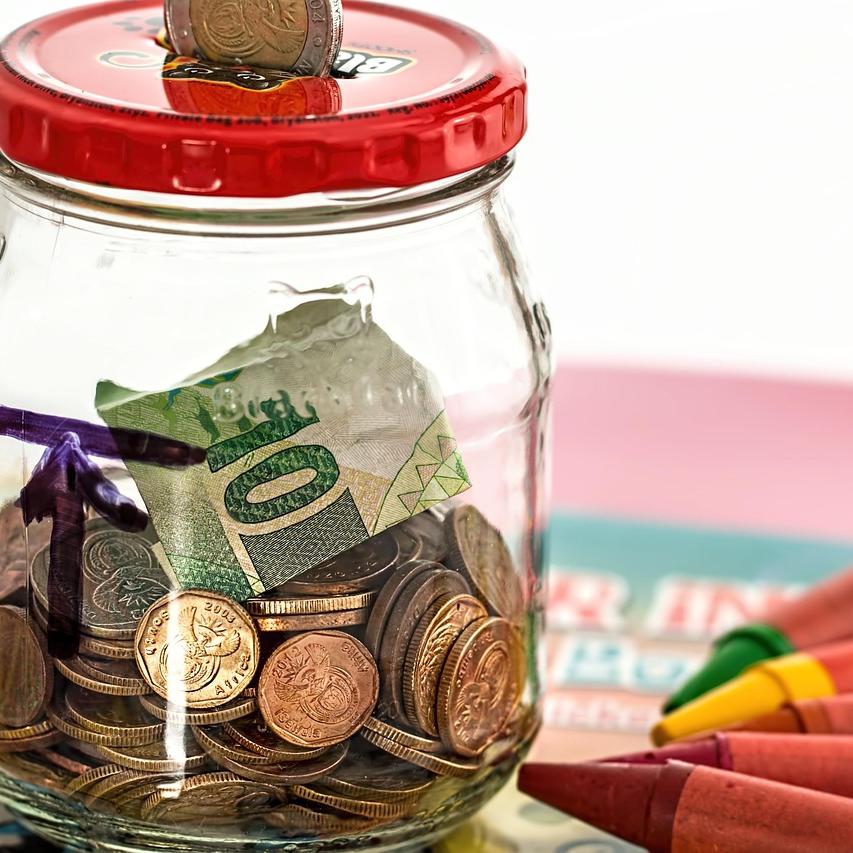How to Start an Emergency Fund on a Tight Budget
Few things are as crucial to financial stability as an emergency fund. Whether it's an unexpected car repair, a sudden medical expense, or a temporary loss of income, having a financial cushion can make all the difference. However, for many, particularly those on a tight budget, the idea of creating an emergency fund might feel daunting. The good news is that even with limited resources, establishing an emergency reserve is not only feasible but also essential for long-term financial health.
1. Understand the Importance: Before diving into the steps to building an emergency fund, it's important to recognize why it's necessary. An emergency fund acts as a financial buffer, providing peace of mind and reducing the need to rely on high-interest debt when unexpected expenses arise. It serves as a foundation for financial security, allowing individuals to face unforeseen challenges with confidence.
2. Set a Realistic Goal: Start by setting a clear and attainable financial goal. While some financial experts recommend saving three to six months’ worth of living expenses, this might seem overwhelming for those on a tight budget. Instead, aim for a mini emergency fund of $500 to $1,000 initially. This smaller goal makes it easier to begin saving without feeling discouraged.
3. Analyze Your Budget: To free up money for savings, carefully analyze your current budget. Track your income and expenses to identify areas where you can cut back. Look for non-essential expenses that can be reduced or eliminated, such as dining out, subscription services, or impulse purchases. Even modest adjustments can free up funds to allocate towards your emergency fund.
4. Automate Your Savings: One effective strategy to ensure consistent saving is to automate the process. Set up a separate savings account specifically for your emergency fund and arrange for automatic transfers from your checking account. Even a small, fixed amount—such as $10 or $20 per week—can accumulate over time and establish a habit of saving.
5. Start Small and Adjust: Don't be discouraged by small contributions. Starting small is better than not starting at all. Once you see your savings grow, you may find new ways to cut expenses or increase income, allowing you to contribute more. Revisit your budget periodically to adjust your savings based on your financial situation.
6. Explore Additional Income Streams: If possible, consider finding ways to supplement your income to grow your emergency fund faster. Opportunities such as freelancing, part-time gigs, or selling unused items can provide extra cash to boost your savings. Direct any additional earnings specifically towards your emergency fund to reinforce your savings habit.
7. Use Windfalls Wisely: Whenever you receive unexpected money—like a tax refund, bonus, or monetary gift—consider allocating a portion, if not all, to your emergency fund. These windfalls offer an excellent opportunity to make substantial contributions without affecting your regular budget.
8. Celebrate Milestones: As you make progress, celebrate the milestones you achieve along the way. Reaching $100, $500, or your initial goal is an accomplishment worthy of recognition. Celebrating these successes can provide motivation and reinforce your commitment to saving.
9. Avoid Temptations: Once your emergency fund begins to grow, it can be tempting to dip into it for non-emergencies. Establish clear criteria for what constitutes an emergency—such as health expenses, car repairs, or essential home repairs—and stick to them. Remember, the goal is to have a reserve for genuine emergencies.
10. Reevaluate and Replenish: Life circumstances can change, impacting both your financial responsibilities and your ability to save. Regularly reevaluate your budget and savings goals to align with your current situation. If you withdraw funds for an emergency, prioritize replenishing your fund to maintain financial security.
In conclusion, building an emergency fund on a tight budget requires dedication, creativity, and patience. By setting realistic goals, making thoughtful adjustments to your budget, and adopting smart saving strategies, you can successfully create a financial safety net. Remember, the size of the fund is less important than the peace of mind it provides, knowing you're prepared for whatever life may throw your way.






















